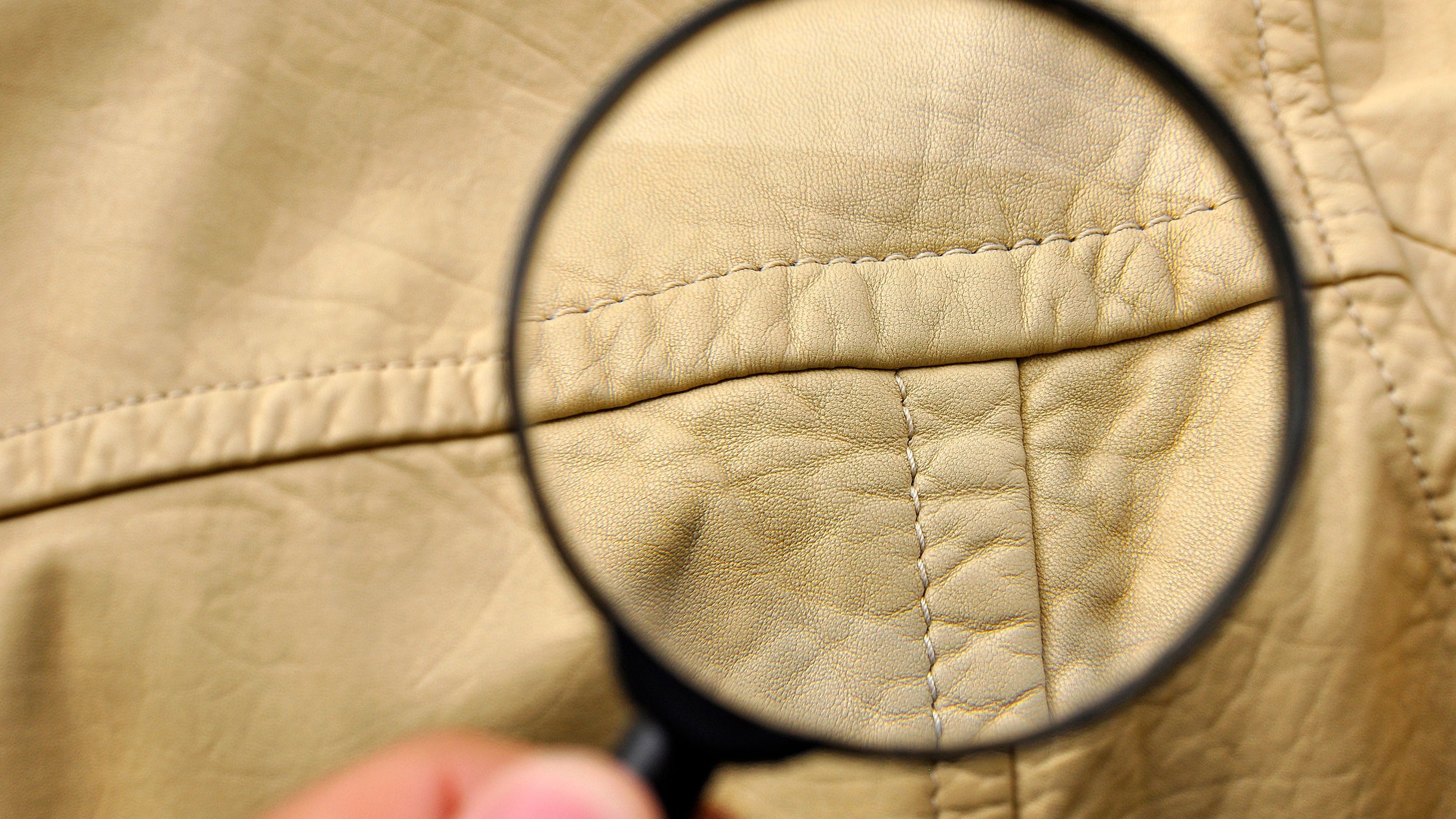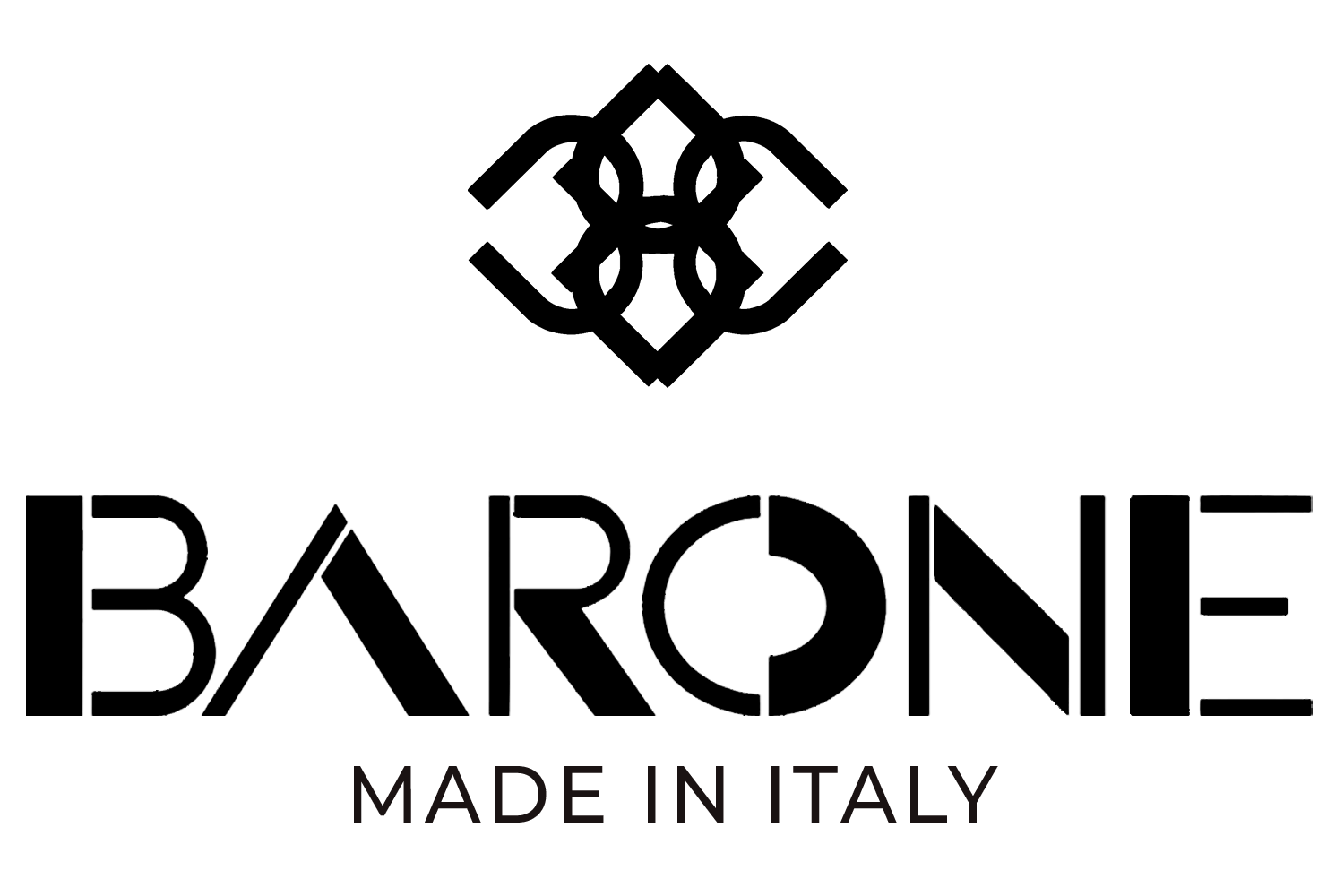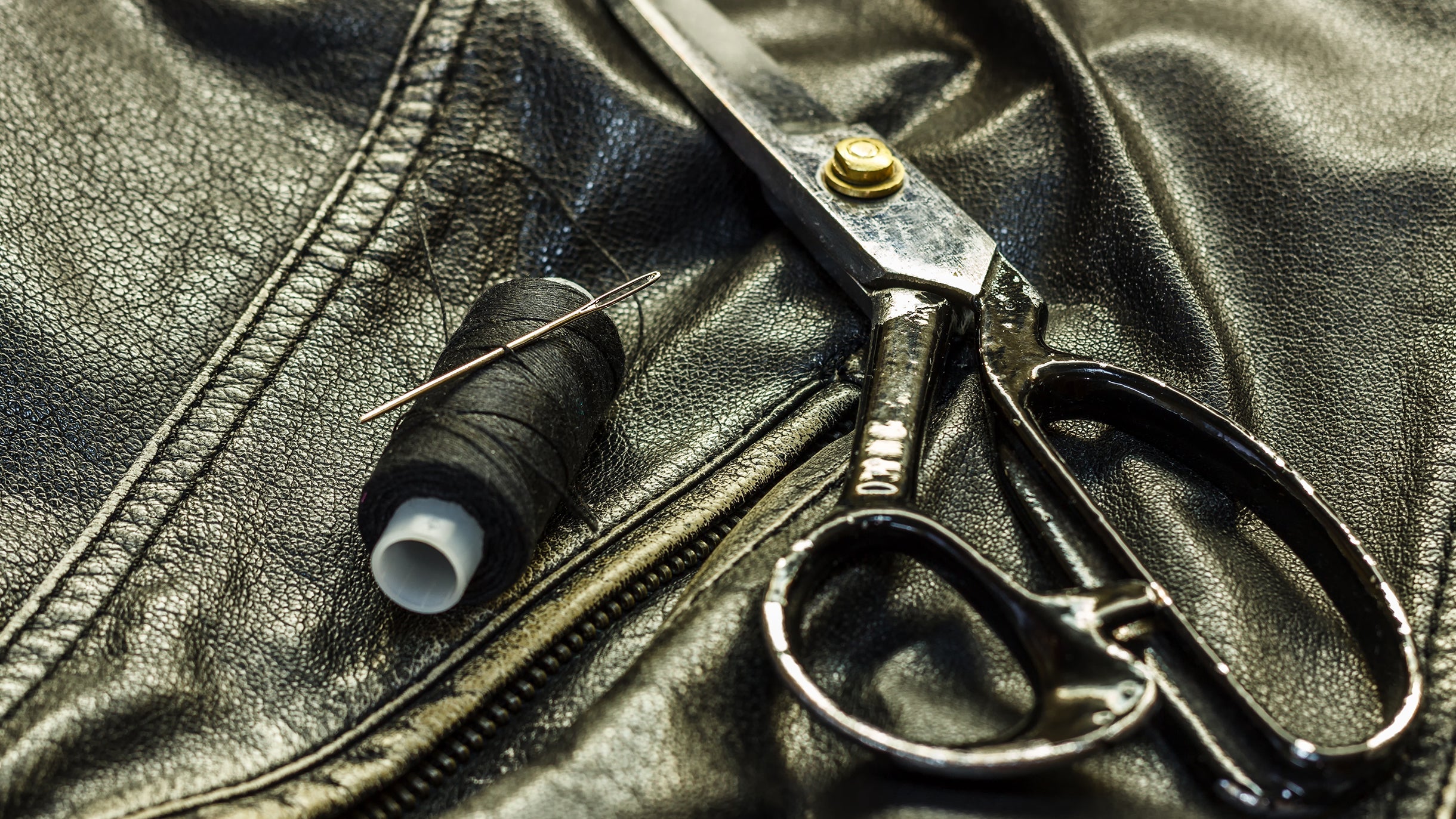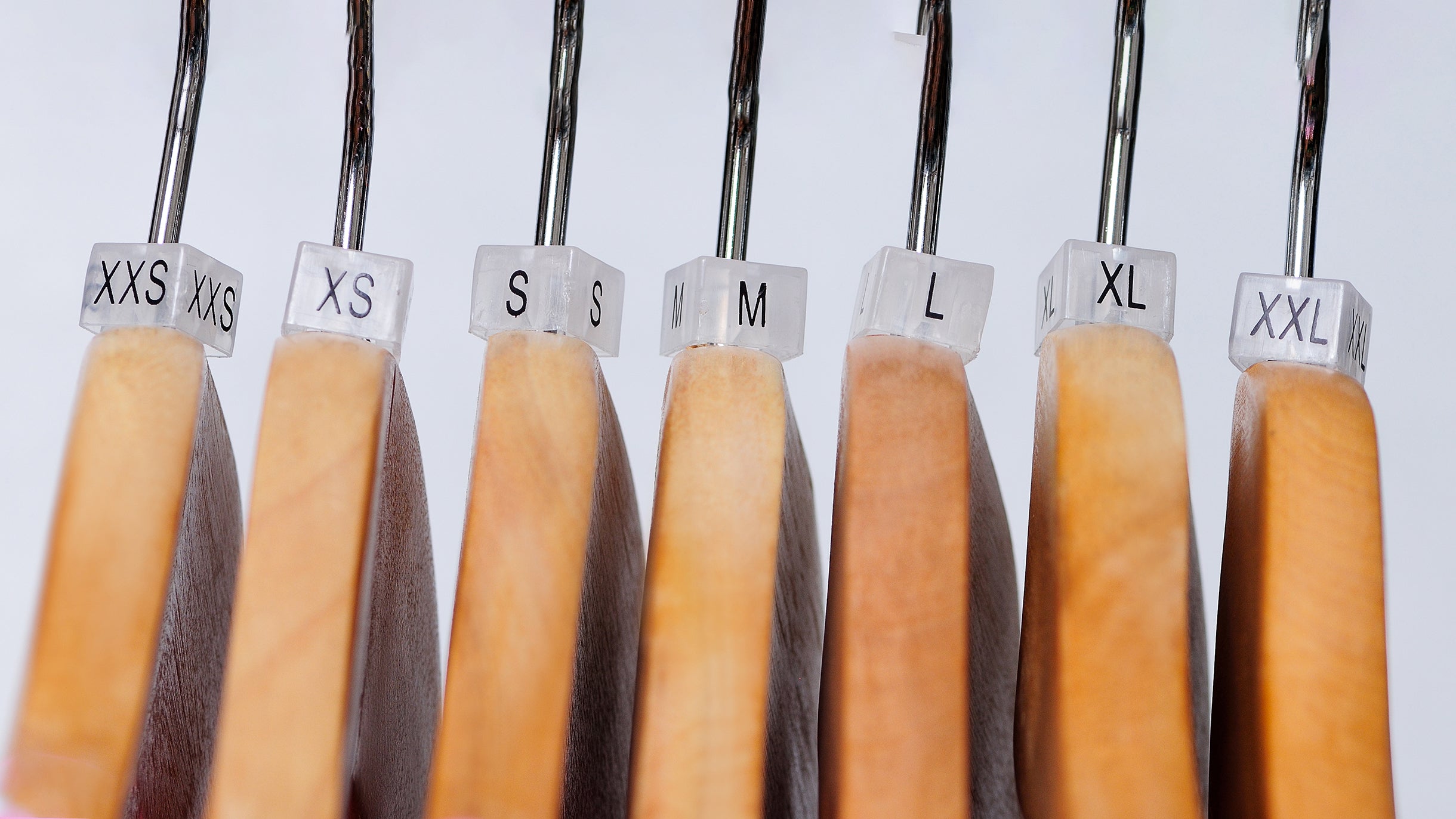
Distinguere la vera pelle da quella sintetica
La pelle è un materiale pregiato e di alta qualità, ma spesso può essere confusa con materiali sintetici simili. Per garantire un acquisto di qualità, Barone Firenze consiglia di prestare attenzione a specifici dettagli che possono aiutarti a distinguere la vera pelle dalla pelle sintetica.
Texture e Sensazione al Tatto
Innanzitutto, la vera pelle presenta una texture naturale, irregolare e porosa. Questo significa che al tatto potrai percepire piccole variazioni nella superficie, che sono segni distintivi di autenticità. La pelle sintetica, al contrario, ha una texture uniforme e regolare, spesso priva delle imperfezioni tipiche della pelle naturale. Inoltre, la vera pelle offre una sensazione di freschezza e morbidezza al tatto, mentre la pelle sintetica può risultare più rigida e plastificata, mancando della naturale elasticità della pelle.
Odore
Un altro segnale importante per distinguere la vera pelle dalla sintetica è l'odore. La pelle vera ha un caratteristico odore naturale, spesso descritto come terroso e ricco, derivato dai processi di concia. La pelle sintetica, invece, non ha alcun odore particolare o può avere un leggero odore chimico dovuto ai materiali plastici utilizzati nella sua produzione.
Cuciture e Giunzioni
Le cuciture e le giunzioni possono rivelare molto sulla qualità del materiale. La vera pelle ha giunzioni irregolari e cuciture resistenti e spesse, poiché ogni pezzo di pelle è unico e richiede una lavorazione accurata. La pelle sintetica, invece, tende ad avere giunzioni regolari e cuciture sottili e delicate, spesso prodotte in serie e meno robuste rispetto a quelle della pelle naturale.
Aspetto e Patina
Nel tempo, la vera pelle sviluppa una patina caratteristica, che aggiunge profondità e bellezza al materiale. Questa patina è il risultato dell'uso e dell'esposizione agli elementi, che conferiscono alla pelle un aspetto vissuto e unico. La pelle sintetica, invece, non sviluppa questa patina e può mostrare segni di usura come screpolature o sbiadimento piuttosto che un raffinato invecchiamento.

Test dell'Acqua
Un semplice test dell'acqua può aiutarti a distinguere tra vera pelle e pelle sintetica. Metti una piccola goccia d'acqua sulla superficie del materiale. La vera pelle assorbirà lentamente l'acqua, scurendosi temporaneamente, mentre la pelle sintetica respingerà l'acqua, che rimarrà sulla superficie senza essere assorbita.
Prezzo e Provenienza
Infine, il prezzo e la provenienza del capo possono essere indicativi della sua autenticità. La vera pelle è generalmente più costosa della pelle sintetica a causa dei costi di produzione più elevati e del processo di lavorazione artigianale. Acquista da rivenditori fidati e verifica l'origine del prodotto per assicurarti di ottenere vera pelle di alta qualità.
Prestare attenzione a questi segnali può aiutarti a distinguere la vera pelle dalla pelle sintetica e a fare acquisti più consapevoli e di alta qualità. Segui i consigli di Barone Firenze per assicurarti di investire in capi che non solo appaiono eleganti, ma che durano nel tempo, sviluppando una bellezza unica con l'uso e l'età.









